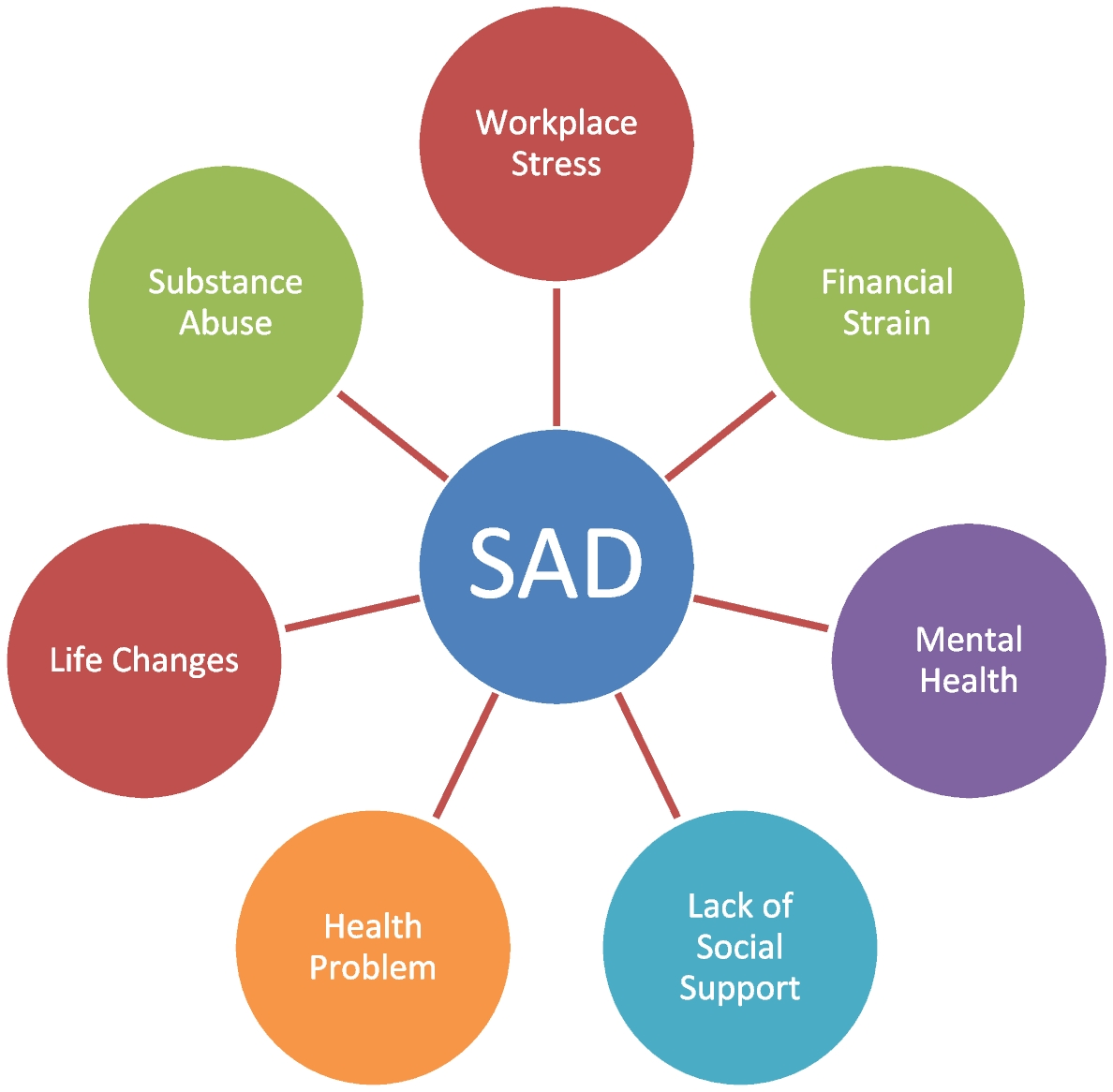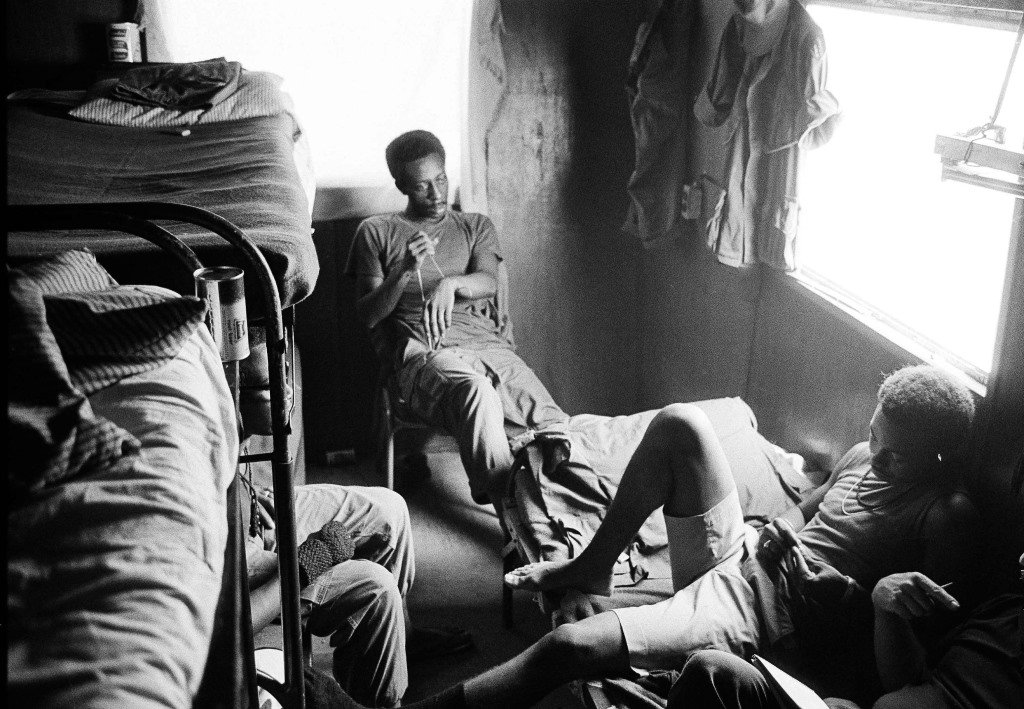Language anxiety arises when individuals feel negative emotions while using, expressing, or understanding language. This review summarizes past research on language anxiety, focusing on its effects on reading, writing, speaking, listening, and foreign language skills. Findings indicate that language anxiety correlates with lower language proficiency and can impede the development of language skills.
The researchers highlight a pattern in language anxiety that may help understand how it adversely affects language performance. They suggest applying established educational anxiety frameworks to better comprehend the emotional, cognitive, and behavioral relationships in language anxiety. Past studies indicate that certain groups, particularly those with diverse language backgrounds, are more vulnerable to experiencing language anxiety.
The review emphasizes the need for future research targeting individuals from the d/Deaf, DeafBlind, and hard of hearing communities. These populations often face unique social and linguistic challenges early in life, resulting in negative emotional associations with language. The researchers argue that those in these communities are at a higher risk for developing language anxiety due to factors such as language deprivation and adverse childhood communication experiences.
Language deprivation, which affects many deaf children born to hearing parents, can hinder their ability to acquire language. In the United States, over 12 million individuals are deaf or hard of hearing, and many lack early exposure to accessible communication methods, such as American Sign Language (ASL). The absence of a natural language during formative years can lead to language proficiency deficits, which, in turn, contribute to heightened language anxiety.
The study reveals that a significant percentage of family members of deaf children do not learn ASL, further exacerbating the challenges these children face. Research indicates that 72% of family members do not sign ASL, leading to communication barriers that can lead to negative experiences and increased anxiety.
Moreover, adverse childhood communication experiences—characterized by breakdowns in communication with caregivers—are linked to increased language anxiety. Studies found that 10% of Deaf individuals experienced direct language deprivation, while 30% faced indirect communication neglect, both of which negatively impact interpersonal communication skills. These experiences can contribute to a cycle where language anxiety inhibits language development, resulting in lower proficiency and increased anxiety.
The authors call for further collaboration with individuals who have lived experiences with language deprivation and anxiety. By focusing on the unique needs of the d/Deaf, DeafBlind, and hard of hearing communities, researchers can develop targeted interventions to help reduce language anxiety and improve language acquisition outcomes. Such initiatives can foster a more inclusive educational environment and better support bilingualism among Deaf individuals, ultimately enhancing their overall mental health and communication skills.



